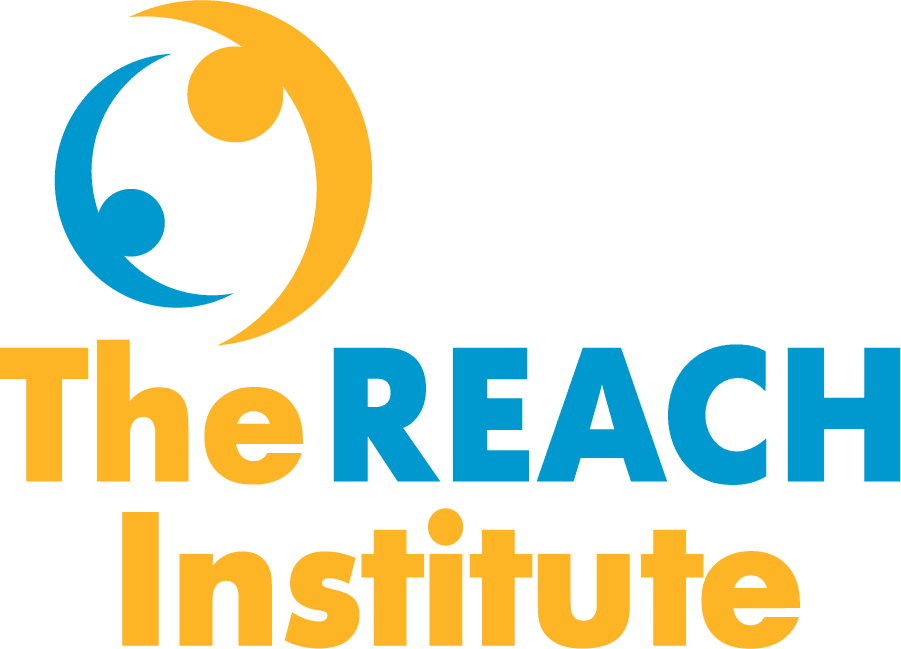How Autism May Present at Different Ages
- April 26, 2024
- The REACH Institute
- Assessment & screening, Autism

“No two kids with autism spectrum disorder are identical. The presentation often depends on the degree of severity and the age of the child,” explains Ruth E.K. Stein, MD, a Professor of Pediatrics at Albert Einstein College of Medicine and the Children’s Hospital at Montefiore.
Now recognized as a spectrum disorder, autism may be diagnosed from early childhood through adolescence and even into adulthood. We asked Dr. Stein what pediatric primary care providers should be alert for in their patients across age as well as gender.
Key Criteria for Diagnosis
When observing and screening patients, Dr. Stein reminds clinicians that patients must meet two key criteria for an autism spectrum disorder diagnosis. First, patients must experience persistent deficits in social communication and social interaction. Second, they must display restrictive and repetitive behavioral patterns, interests, or activities.
For example, a child who presents only with social or communication impairment but does not display restrictive and repetitive behaviors would not meet the criteria for an autism spectrum disorder diagnosis.
As with all DSM diagnoses, patients must not only display symptoms but must experience impairment in some aspect of their lives.
Autism Spectrum Disorder at Different Ages
Infants and Early Clues
Among infants and very young children, clinicians should look for behaviors such as a lack of following objects visually or an aversion to cuddling. By a year of age, there may be speech delays or children who are not pointing or tracking when they should be doing so. Such presentations in very early childhood often indicate a more severe impairment.
Toddlers and Preschool-Age Children
At this age, speech and language delays can be important clues to an autism diagnosis. For example, Dr. Stein reports that children with autism may demonstrate poor eye contact and echolalia (being an echo of what they hear), where they can memorize jingles or repeat words or questions, but do not speak meaningfully.
Children with autism also frequently experience sensory issues. This may manifest as being picky eaters (such as only eating white food), not wanting different types of food to touch each other, being sensitive to sounds, smells, or bright lights, or getting upset about materials that are not soft on their body (such as tags on clothing).
Common behavioral signs include children who use hand flapping when excited, walk on tiptoes, spin a lot, or drag their parents over to what they want, rather than pointing or using words. When they enter preschool, children may resist group activities and be difficult to manage in the classroom.
Children will also display repetitive or restrictive behaviors. For example, a child may get very upset with changes in routines as simple as which way a parent walks them home from preschool or daycare. They tend to line up their toys and be very upset if anyone else moves them. Some children will become obsessed with cars or trains or dinosaurs and seem to know an incredible amount of details about them, but resist getting interested in anything else.
School-Aged Children
As children with autism get older, Dr. Stein notes that many experience delays in language processing, such as being able to read but not understanding the content. They are often very rigid in their behaviors and interests and prefer to spend time alone because they struggle to participate in social situations.
Girls may display autism symptoms differently, though. For example, instead of speaking very little, they may have “verbal diarrhea,” where they talk more than girls who are not on the spectrum. Because they may not understand conversational cues or reciprocity, their speech can become a monologue rather than a conversation.
Some behaviors among children with autism may initially look similar to ADHD. For example, Dr. Stein explains that children may be hyperactive because they are trying to get away from something sensory that they do not like, or they may appear inattentive in a classroom or social situation because they struggle to follow what is going on. Untangling the cause of a child’s behaviors is valuable, as ADHD is a common comorbidity with autism and should be treated separately.
Adolescents – Paying Attention to Gender and Camouflaging
While there is a strong male predominance in younger children, by adolescence, clinicians will likely see more female patients with suspected autism diagnoses. Girls’ diagnosis is often missed in earlier years because they may not display many of the “classic” autism symptoms and are more likely to be skilled at “camouflaging.”
With camouflaging, higher-functioning children with autism learn to mask their symptoms. For example, a parent may repeatedly teach a child social cues, like saying hello to friends or neighbors on the street, until it becomes a habit, even if it does not come naturally.
Yet while camouflaging can mask overt symptoms, there can be consequences. Dr. Stein explains that “the more camouflaging children and adolescents are doing, the more likely they are to have high anxiety.”
With both male and female adolescents, making a diagnosis can be more challenging. Taking a good history may reveal symptoms that were there earlier, but may not have been recognized at the time. They may also be dealing with other disorders that have similarities to autism, such as mood and anxiety disorders. Or they may be higher functioning, with symptoms but minimal impairment.
In all cases, Dr. Stein recommends working to the individual’s strengths to help them manage and reduce the impact of impairments. A formal diagnosis may be helpful for some adolescents, while for others it becomes less important. In either case, clinicians should remember the ultimate goal for patients with autism spectrum disorder: to help them function independently and to their fullest potential.
RESOURCES
- Read more about autism spectrum disorder diagnostic criteria in the DSM-5.
- Learn how to support families who are awaiting a formal autism diagnosis.
- Dr. Stein points out that our understanding of autism is continuing to evolve. New research about potential biological indicators of autism is emerging, including the predictive impairment theory and research using functional MRIs to show differences in the way children with autism process information.
Categories
- ADHD
- Anti-racism
- Anxiety
- Assessment & screening
- Autism
- Child mental health
- Coding
- Cognitive behavioral therapy
- College transition
- Culturally responsive
- Depression
- Eating disorders
- Foster care
- Grief
- High-risk children & youth
- LGBTQIA
- Medication
- Parents
- Patient communication
- Pediatric primary care
- School refusal
- Sleep disorders
- Suicide
- Trauma
- Show All Categories
Register for courses
“Fantastic conference – best continuing medical education I ever attended The six months of followup with help implementing changes in practice is invaluable!”
